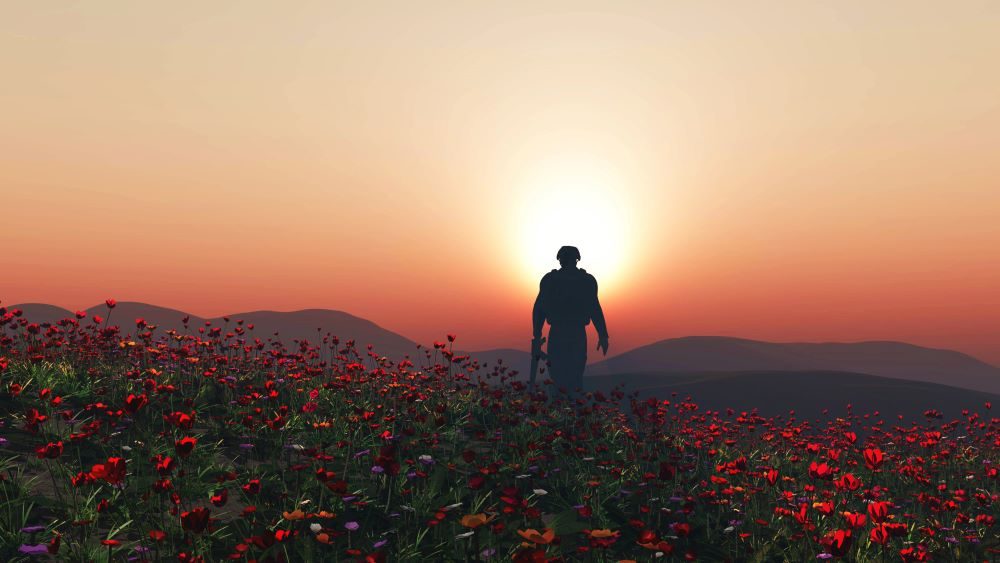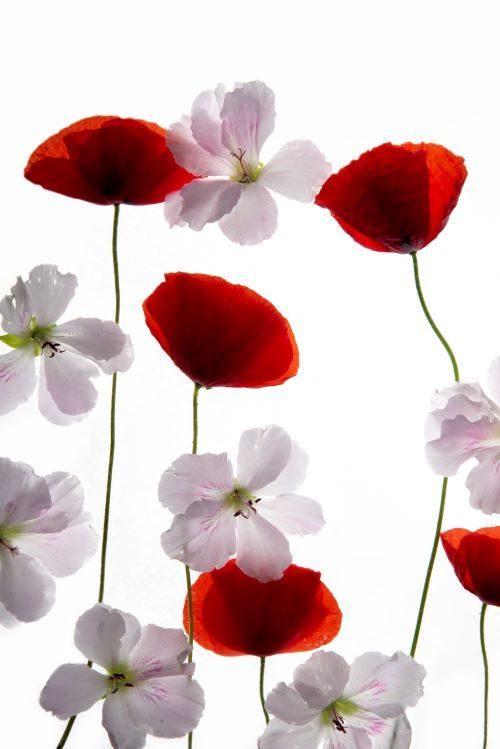As November rolls around, the world prepares to honor those who made the ultimate sacrifice in the name of freedom and peace. Remembrance Day, also known as Armistice Day, is a solemn occasion observed in many countries to remember and pay tribute to the brave men and women who gave their lives during World War I and subsequent conflicts. While most of us are familiar with the red poppy symbol and the two-minute silence, there are several lesser-known, yet equally significant, facts about this poignant day.
Origins of the Red Poppy
One of the most iconic symbols associated with Remembrance Day is the red poppy. This tradition can be traced back to a famous war poem written by Lieutenant Colonel John McCrae, a Canadian doctor who served during World War I. His poignant poem, “In Flanders Fields,” vividly describes the poppies that grew amid the graves of fallen soldiers in Flanders, a region in Belgium. Inspired by McCrae’s words, an American professor named Moina Michael began selling silk poppies to raise funds for veterans. This tradition soon spread to the United Kingdom and other countries, and to this day, red poppies are worn as a symbol of remembrance and to raise money for veterans and their families.
The Unknown Soldier

Many nations have a tomb or monument dedicated to an “Unknown Soldier” to symbolize all those who died in battle but were never identified. The idea for this tradition came from the United Kingdom, where an unidentified British soldier was buried in Westminster Abbey in 1920. This soldier represents the countless men and women who gave their lives for their country, and his tomb is a powerful reminder of the sacrifices made during times of war.
11th Hour of the 11th Day of the 11th Month
Remembrance Day falls on November 11th every year, and the timing is no accident. At the 11th hour of the 11th day of the 11th month in 1918, the armistice agreement was signed, marking the end of World War I. This momentous event led to the establishment of Remembrance Day, making it a poignant day of remembrance for those who served and sacrificed in the “war to end all wars.”
International Significance
Remembrance Day is not exclusive to the United Kingdom or its Commonwealth countries. It is observed in various forms across the world. In the United States, it is known as Veterans Day and honors all American military veterans. In France, it is called Armistice Day and marks the end of World War I, similar to the UK. Canada, Australia, and New Zealand also observe Remembrance Day, reinforcing its global significance and importance.
White Poppy Controversy

While the red poppy is the most recognized symbol of remembrance, there is a lesser-known counterpart: the white poppy. This alternative symbol was introduced in 1933 by the Women’s Co-operative Guild as a pacifist alternative to the red poppy. Supporters of the white poppy argue that it promotes peace and challenges the glorification of war. The white poppy has sparked controversy and debate, with some seeing it as disrespectful to those who served in the armed forces. This ongoing discussion highlights the complexity and diversity of perspectives surrounding the significant Remembrance Day.
Conclusion
In conclusion, Remembrance Day is not just a day of poppies and silence. It’s a day that carries profound historical and emotional significance, honoring those who have given their lives in the name of freedom. From the origins of the red poppy to the symbolism of the Unknown Soldier and the international observance of the day, there’s much more to this commemorative event than meets the eye.
As we take a moment of silence to remember, let us also reflect on these lesser-known facts that make Remembrance Day a truly unique and vital occasion in our shared history.
ABM College honours those who have given their lives! Lest we forget!
About The Author

Private Career College
ABM College is a leader in career-focused education, committed to empowering students with industry-relevant skills. With expert instructors and practical training, ABM College delivers high-quality programs in health, business, technology, and more, ensuring graduates are prepared to meet workforce demands. Known for its supportive learning environment and a focus on real-world application, ABM College is a trusted educational partner helping students achieve professional success across Canada.
